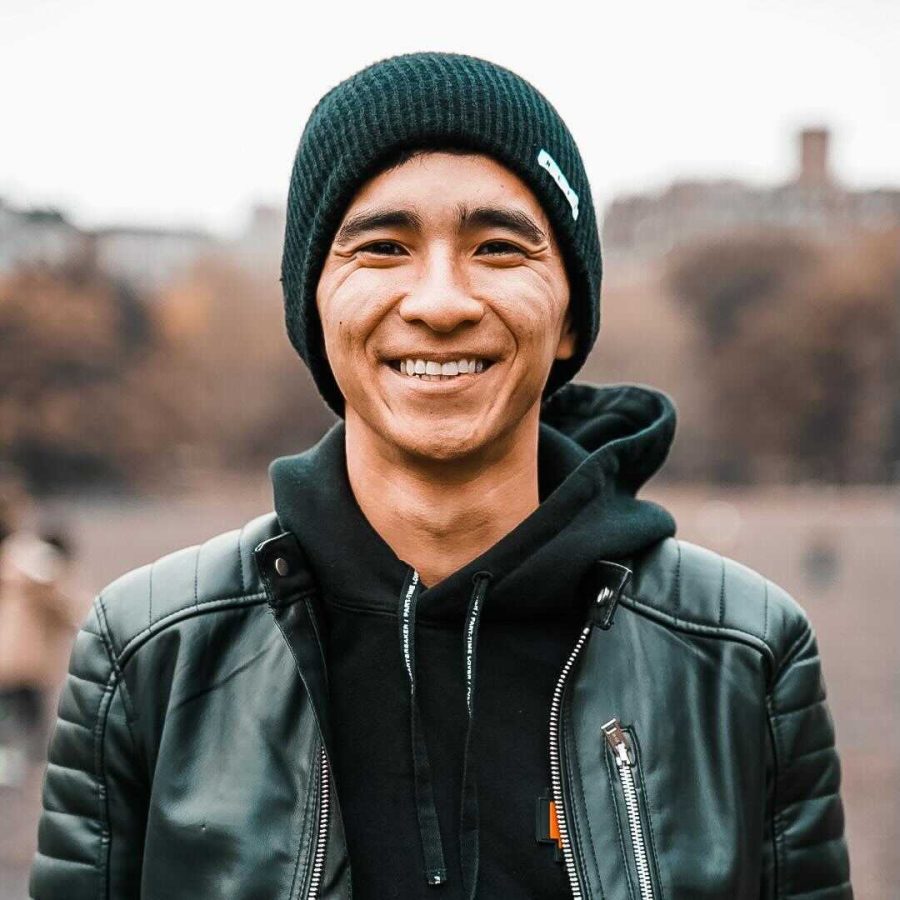David Siev talks evolution of ‘Bad Axe,’ capturing intimate family moments, family’s restaurant
March 19, 2022
When David Siev moved from New York back to his hometown of Bad Axe, Michigan, and began filming his family and their efforts to maintain their family business, he had no idea this casual footage would transform into a full-length feature documentary. Even less expected was the documentary’s premiere at SXSW on March 14, which received a standing ovation.
“Bad Axe” follows the Siev family through the trials, tribulations and triumphs of keeping their restaurant Rachel’s open during a pandemic, fighting back against discrimination and using their voice to speak out for human rights in their conservative small town.
The Daily Texan sat down with Siev to talk about the film’s two-year evolution, conveying his family’s story and Rachel’s top dishes.
The Daily Texan: In the first footage we saw of you, you said you didn’t think this would ever be in the film, so what influenced you to put yourself in?
David Siev: I never had any intention of (putting) myself in the documentary. I wanted to take a backseat, and in some ways I did, but at the same time, the reason why I decided to put myself in was to give intention to the entire film. When you take myself out, we felt like it lacked a “why.” Why is this story being told? What is the intention of this? By the end of the film, when I say, this is my love letter to Bad Axe, the intention becomes very clear. Yes, it’s a love letter to Bad Axe, but it’s also a love letter to my family. Filmmaking is something deeply personal to me, and what better way of showing that love than by making a film for and about your family?
DT: Throughout “Bad Axe,” you brought us along with the filmmaking process, which felt very unique. How did you decide to go about bringing the process of making the film into the film?
DS: When we put the sizzle reel out and did this crowdfunding campaign (for the film), all of our worst nightmares came to life. I don’t think there’s a world where we could have kept that out. A lot of the comments and stuff we got were like, “Racism doesn’t exist in a small town,” and, “These things are not true.” In the film, you see they are very much true. It became important to include the filmmaking process as part of the film because as people of color, when we raise our voices, it resonates in a different way than (with) white people. That was important to share — the consequences of us attending the Black Lives Matter movement, of putting this trailer out there, what that experience is (like) being Asian American in a small, rural, white community.
DT: Being so close to your subjects, your family, we got this incredibly intimate view. Did it ever feel difficult for you to capture these really emotional moments?
DS: Often, when there are arguments, I’m involved in them, specifically with the moments with Jacqueline and my dad. Usually they have their disagreements, and I’ll be the one that will either console Jacqueline or try to reason with my father. I’m kind of always similar to the role my mom plays, always a mediator between the two of them. It was challenging sometimes to not get involved in those arguments, especially because some of those happen early on in the filming process where I already thought I made that conscious decision not to be a part of it.
DT: If anyone from Austin or Texas traveled up to Bad Axe, what are your recommendations for what to eat at Rachel’s?
DS: We have this really amazing mango salsa salmon, which (is) my dad’s recipe. It’s just delicious. Personally, I like asparagus, and the fresh veggies we do are always amazing. I also love our barbecue ribs. I know Texas has amazing barbecue, but I will say, the way my dad makes his barbecue sauce, it’s pretty darn good. I’d recommend that with some fried brussels sprouts and french fries.











